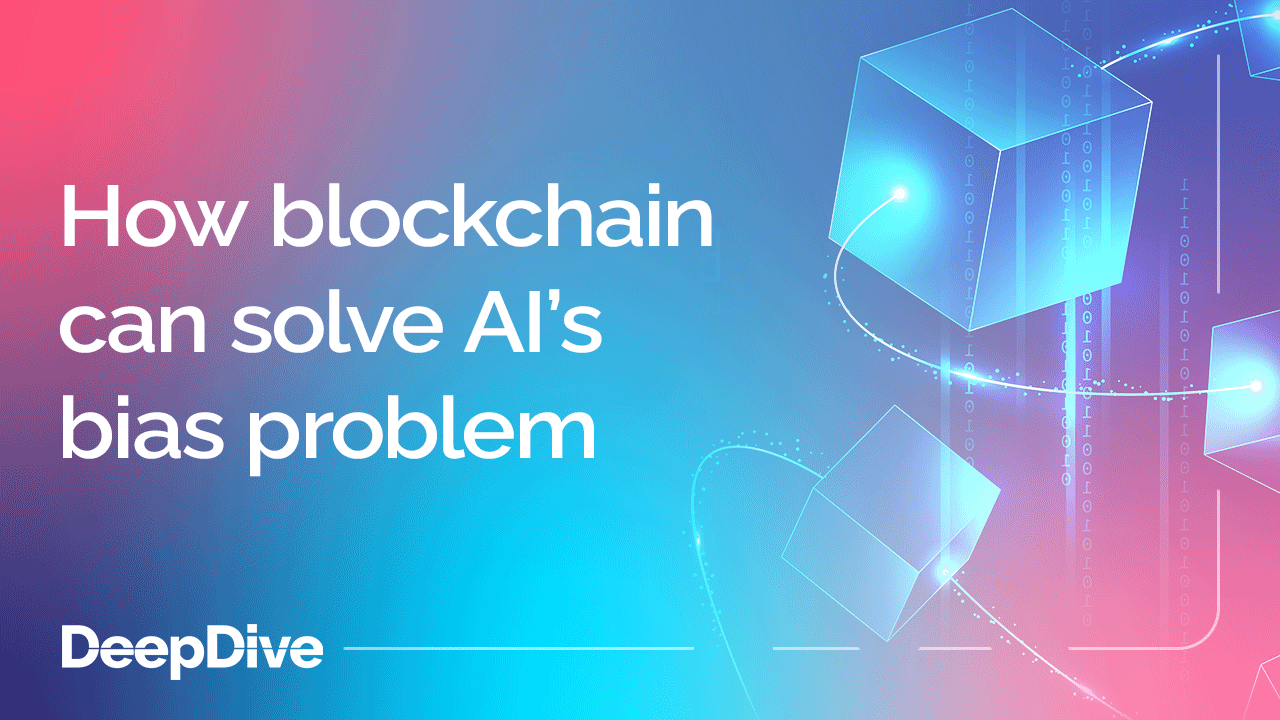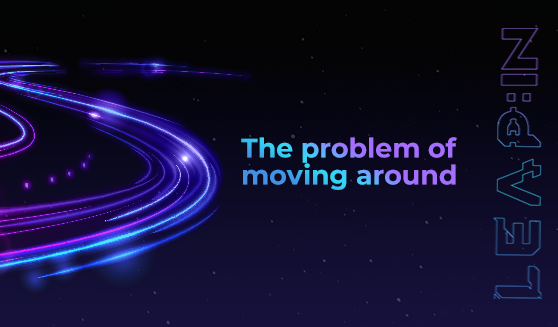

The problem of moving around

Welcome to the 285 new techies who have joined us since last Friday. If you haven’t already, subscribe and join our community in receiving weekly tech insights, updates, and interviews with industry experts straight to your inbox.
This week we’re quoting Damien Garot (Co-Founder and CEO at Stellar)
What Garot said:
“Imagine a world where teleoperated shuttles are available not only in highly urbanised areas but also in remote and low-density areas. This means fewer cars, yet people can still get to where they want, when they want.”
Tech that solves serious problems.
We love this idea – because tech could solve the problem of convenient transport outside of cities and big towns. And with increased digital connectivity, we’re getting closer to a viable solution.
Low population density in rural areas (in countries around the world) has always made it difficult for governments to fund reliable, convenient public transport to serve non-urban communities. If you’ve ever lived rurally, you’ll know – there might be a bus that comes by once or twice a day and takes you to the nearest town, meandering slowly through the landscape and stopping at every village along the way.
This isn’t just annoying. It means that rural residents have fewer educational and economic opportunities; reduced access to essential services that are largely only available in towns and cities (including essential healthcare and government services); and social lives that are limited by the bus timetable.

Tech is reigniting the possibility for innovations in rural transport
Over the last few years, we’ve seen a resurgence in government bodies and private organisations trying to solve this problem. And this isn’t a coincidence – new motivation is driven by emerging technologies that hold real promise for economically viable solutions.
Those technologies include…
- Self-driving cars. Shared autonomous vehicles could enhance public transport services while reducing CO2 emissions at the same time – making rural commuting both convenient and low-impact. Self-driving cars have the potential to promote usership over ownership, which could reduce the number of vehicles on the roads and provide rural residents with access to transport when they need it; a logical alternative to high-cost public transport services that run regardless of how many people are actually using them.
- 3D printers. Yes, really – the ability to access mass-manufactured goods via 3D printing could have a significant impact on rural transport needs and infrastructure. It could enable rural industries to thrive and boost entrepreneurship outside of cities and towns; lessening the need for cars on the roads, and increasing the demand for usership-based transport services among people who live rurally and need to commute sometimes, but not every day.
- Drones. Already, drones are improving access to essential commodities in rural areas – reducing delivery costs and enabling greater productivity for rural businesses. And in the future, electric take-off and landing (eVTOL) aircraft could connect rural communities to urban hubs with electric air taxis, too.
And satellite connectivity could enable even more accessible and economically sound opportunities
All of these technologies can only work efficiently if they can connect to reliable internet networks. And satellite connectivity on the roads (which is exactly what Stellar is rolling out) is an important step towards making that possible.
With connectivity comes vast potential for transport services that could change rural economies and lives – providing affordable, reliable, sustainable, and fast access to other communities, towns, and cities.
Read our interview with Damien Garot: Could space tech transform roads on Earth?
Have an idea for a topic you'd like us to cover? We're eager to hear it! Drop us a message and share your thoughts.
Catch you next week,
Richard McKeon
Group Marketing Director
Mark your calendars for 📅 10-13 February 2025.





